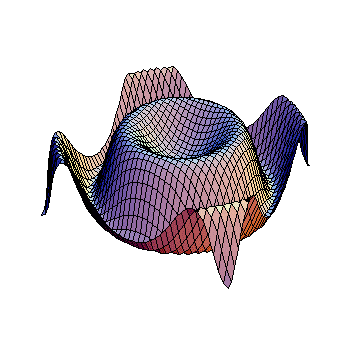A ship leaves port on a bearing of 34.0° and travels 10.4 mi. The ship then turns due east and travels 4.6 mi. How far is the ship from port, and what is its bearing from port?
3 Answers
Explanation:
We're asked to find the total displacement, both the magnitude and direction, of the ship after it leaves the port with the given conditions.
First, I'll explain what a bearing is.
A bearing is NOT a regular angle measure; normally, angles are measured anticlockwise from the positive
x -axis, but bearing angles are measured clockwise from the positivey -axis.Therefore, a bearing of
34.0^"o" indicates that this is an angle90.0^"o" - 34.0^"o" = color(red)(56.0^"o" measured normally. We'll use this angle in our calculations.
We're given that the first displacement is
Our second displacement is a simple
To find the total displacement from the port, we'll add these two vectors' components and use the distance formula:
The direction of the displacement vector is given by
so the angle is then
The question asked for the bearing angle, which is just this angle subtracted from
Explanation:
Bearing is a clockwise angle measured from due North. This is a problem, because all of the trigonometric functions are referenced to a counterclockwise angle measured from East.
A bearing of
The (x,y) values for the position of the ship after completing its first heading are:
The trigonometric angle for the second heading is
The (x,y) values for the position of the ship after completing its second heading is:
The distance from port is:
Its trigonometric angle is:
The bearing angle is:
Explanation:
Let say the distance of ship from port after travelled to the east
and the angle between a bearing of
we use consine formula to find
we use sinus formula to find the angle of displacement to east, let say
therefore it bearing from the port

